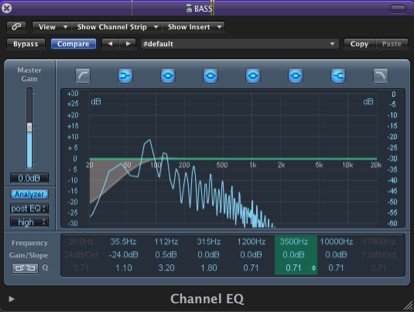

For this to work, the perceived volume of both tracks have to be matched. When comparing the bass of the track I’m working on to the reference, I’m looking to feel a very similar amount of vibration and energy. When preparing the project, I find a commercially released song that has similar sonic qualities to the track I’m working on. I personally have my Subpac set to about 33% intensity and the amount of vibration changes relative to the volume at which I’m working. ) meaning it gives an accurate representation of the bass. The S2 has a linear response up to around 70% on the intensity dial, ( note, 70-100% uses a logarithmic curve which is basically for fun, watching films, video games etc. This allows me to make informed mixing decisions. Nonetheless, I find having the Subpac S2 on the back of my chair an incredible second reference point for accurately understanding whats happening in the subsonic frequencies. I’m fortunate enough to have full range monitors in an acoustically treated studio. The SubPac goes down to 5Hz and up to 130Hz and has a rechargeable battery as well as Bluetooth. SubPac is the Physical Dimension of sound, not just hearing, but also feeling sound. I’ll also explain how I use my Subpac S2 to enhance my studio workflow. In this video I’m going to show you how I approach mixing the kick and bass whilst stem mastering a project. Hi I’m Tom Frampton, owner and audio engineer at Mastering the Mix. I simply believe this product is a game changer for the most basic studios to the most extravagant. This is because the bass is particularly incomprehensible when monitoring through smaller monitors in a non-acoustically treated room. The Subpac S2 is a cost effective solution to this common issue, and It enhances the immersive experience of music! Mastering The Mix makes no commission from any Subpac sales, or any other products that I use in my videos (except LEVELS which we created).


The sub frequencies are extremely difficult to mix well.


 0 kommentar(er)
0 kommentar(er)
